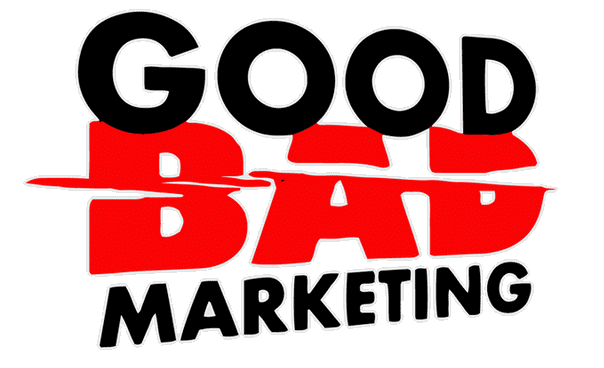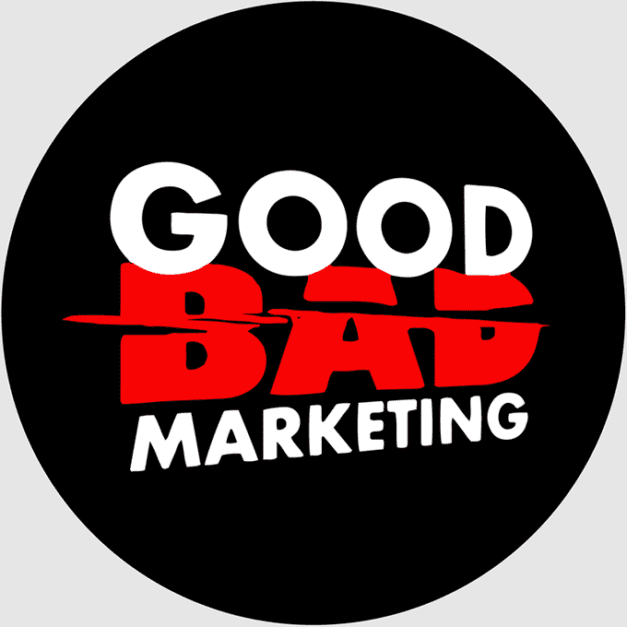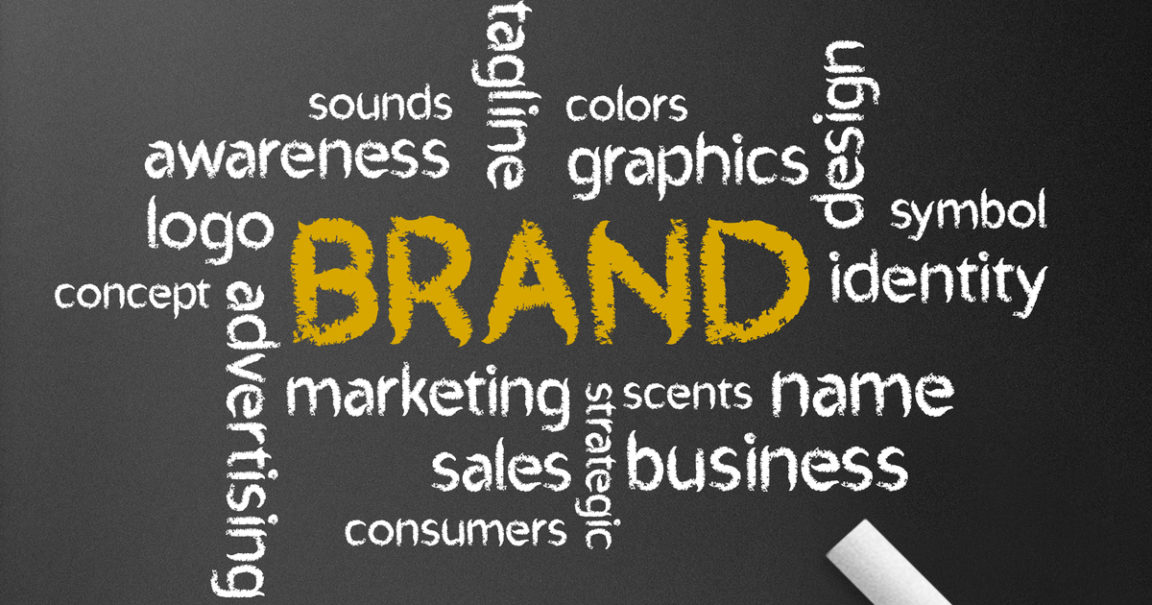Brand identity is not just how your brand looks. Breaking it down to its essence, you may think that brands just patch and work out their logos overnight and come up with it to jumpstart their business. However, when thinking about brand logos, there are a lot (yes we mean A LOT) of steps that you need to go through to make it a success. Aside from the colours and the shape your logo should be, it should talk about a story — of what your brand really is and how it can impact people when they see your brand. It ought to be a timeless piece.
Consequently, when making a brand identity, it will be very hard for a single person to make one. Hence, it should include a team that makes the planning and assesses how it should look so people will be able to recognize it as a unique one, and not just some art that has been put upon without deeply thinking about it. Nevertheless, a brand identity may be too confusing and baffling for everyone, but need not fret; there are steps that you can follow, but always make sure to work with the right people once the creation is in process.
What is a brand identity and why do you need it?
Again, brand identity isn’t just made over a short time. It needs meticulous discussion, as it should be your trademark to be recognized by your target market. When talking about brand identity, it should look simple, but should tell a story and speak about what your brand is. The simplest formula to making a brand identity is what your brand looks, feels, and instils to people what you are selling. For some, especially when it comes to food brands, it may also talk about what the brand tastes, smells, and sounds like.
Moreover, your logo can make you different and unique from the others. The differentiation creates a consistent and concise presentation of your brand that makes it remarkable compared to other competitors. This will create a better connection to your market, as you will be able to provide them with the idea that you want to portray them, and create a successful positive impact for your customers. Yet, aside from the aesthetics, you also need to give your audience a good experience, which can top off a foundation to create a strong and respectable identity for your brand.
This strong brand instils to customers your brand logo or image unconsciously. Moreover, you might be thinking that it’s all about how a certain logo looks; but keep in mind that your identity also depicts how you can provide great service to customers to create a sense of loyalty to your brand. Thus, brand identity is a way to communicate your brand’s overall message and promote business goals to your audience.
What makes a strong brand identity?
The tricky thing about building a strong brand identity isn’t only about how you can portray your brand with your logo. This must also entail that you need to work with the people to build and market your brand so you can be identified. Hence, brand identity does not only console with the visuals but also means you have to work with a professional group for the brand to reach out to various clientele to promote your products and services. Nevertheless, reaching out to brand ambassadors and content creators is a necessity, so your brand image can improve and finally go global rather than just settling for local markets.
To increase the potential of success for your brand your brand identity should be distinct so it can stand out among all other competitions within your product scope; remarkable as you need to give it a strong image for your brand to be a top-of-mind for your clients; flexible as it should be very convenient to use and apply for different programs and apps; cohesive in a way that all the elements of your logo should complement all the other characters, and scalable that it can evolve and improve while the brand also grows.
If ever you end up creating a brand identity that does not suit your brand at all, then don’t be surprised if only a small number of clients would be fond of your business. Brand identity through logos is how you get ‘em!
What to include when making your brand identity?
Making your brand identity will take a long process. Yet, you can always start with building your brand logo. The visual elements should include colours palettes and typography. If the team can see that more artistry should be included, then you can build a wide variety of contexts by including photography, animations, iconography, and visual digitalization. This is the reason why famous brands also include mascots to characterize their business.
Still, if this looks like a huge mess for you, you can start with the basics; colours to typography, and you may add other elements later if you have available resources as you create them.
How do you make a good branding image?
Step 1: Know the elements and colours of your product
A good brand image starts with how you tell people the company’s story through your visuals. In making this, you need to identify first the variations of the product you sell. If you have a company that’s selling burgers, make sure to include palettes that correspond to the colours and ingredients of a burger; if you happen to sell machines and construction equipment, choose colours that resemble the colours of machines like grey or blue. This will make your products and services identifiable, rather than just combining shades that do not seem to justify what your brand provides.
The psychology of colour has a huge impact on client familiarity with your brand as they elicit the right emotions and signals for your clients. This is also why other brands are still popular even up to this day, even when they don’t have texts on their brand image; clients just know that it is the brand they are looking for.
Step 2: Tagline and Messages
More than just the logo, it’s very important that you send a message to your target market. It should be catchy and in line with the company’s products so it will become more memorable for your clients. Messages serve as a foundation for your company and making it monotonous will give a positive impact on clients and how they perceive your brand.
Step 3: Market, Advertise!
One of the most important fundamentals to creating a signature for your brand is being able to market and advertise your products. Once you put consistency to it, you should be able to gain more trust from clients, and let them know that your brand exists and you can provide the best products and services that they need. Still, you need to ensure that it’s good marketing for your brand so better yet avoid profound and sensitive content once you get to commercialize them. Ergo, advertising and marketing is a good way for client recognition, reaching not clients not only in your area but in the future, worldwide.
Step 4: Invest in the best people
Having to hire approachable and good people can lead your products to be known. Aside from the goods and services you are providing, accommodation to every client is somehow a key factor to gain customer loyalty and persistence. In time, this mindset can create an impactful outcome for your brand, where you will be more commendable than brands who sell products but are known to be of bad assistance and hence unconventional to customers.
Relationships matter for most customers; so better yet try your best to reach out to them as much as you can.
Creating a brand identity can leave you with seemingly difficult and unending planning. Even so, starting with the basics can be a good notion so need not complicate things. Remember that it’s always the company’s story that should resonate with the logo, and this will impart to customers what your brand is like to build more loyalty, and thus better relationships and sales for your company.





